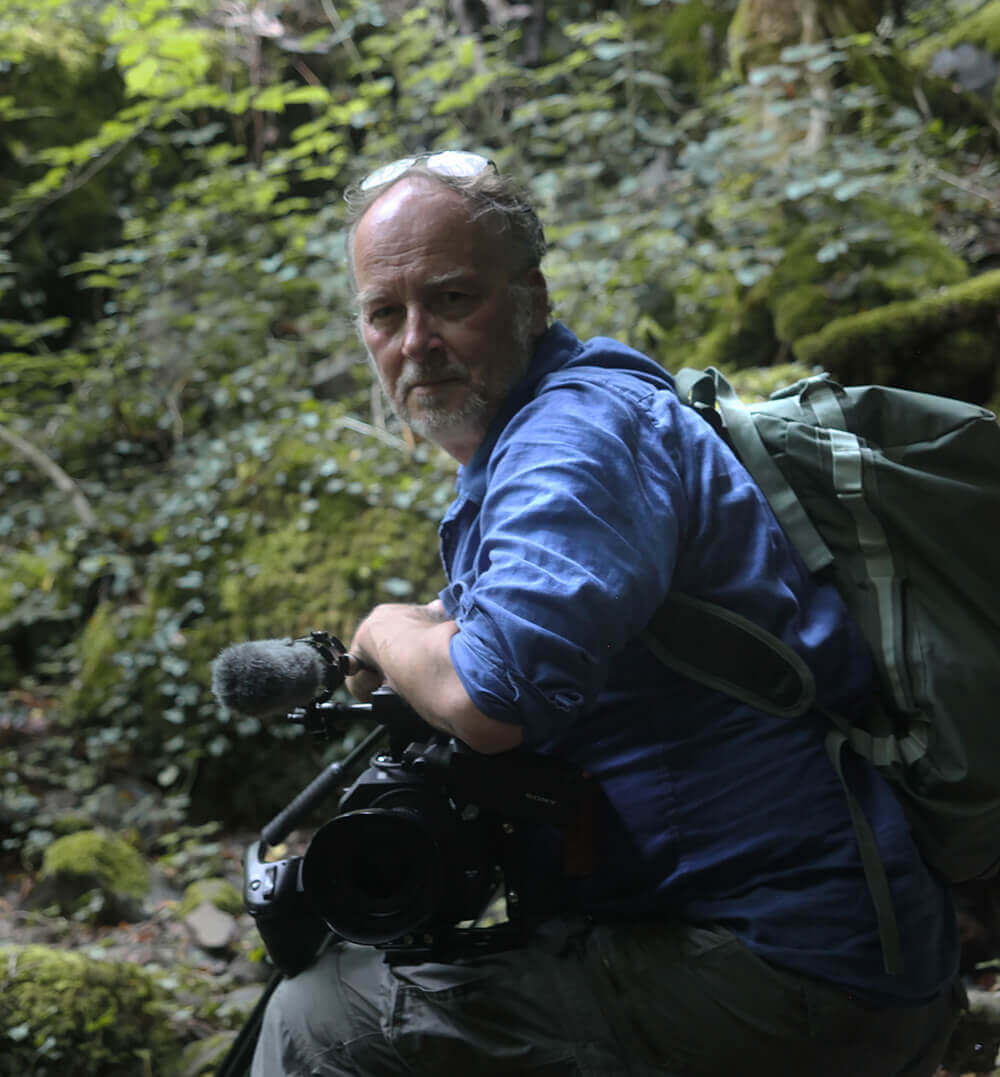Manuel Besse is a versatile photographer, renowned for his black-and-white portraits - imbued with a universal resonance - captured across the USA, Brazil, Canada and Eurasia. His exacting quest for authenticity is reflected in the finesse with which he captures faces, silhouettes and atmospheres. Influenced as a child by Don McCullin's documentary on the Vietnam War, he began his photographic career in the early 1980s, winning the Polaroid First Prize at the École Nationale Supérieure Louis-Lumière. He then enriched his skills in photography, videography, fine arts and ethnology at the Académie Charpentier and the École du Louvre, under the guidance of Maurice Bitter, an emblematic figure in journalism.
His ongoing exploration took him to Brazil, Central America and the Amazon, where, in 1987, he was the first Frenchman to document the Serra Pelada gold mines. A freelance photographer for Cosmo International and Sipa Press, he joined Colombian army missions against drug traffickers in the Amazon. These experiences enriched his perspective and led him through French Guiana, Argentina, Venezuela and Suriname, where he sailed the Maroni River with the Foreign Legion, exploring little-known territories.
In the 1990s, he travelled to the Dolomites, Canada and the Arctic Circle, consolidating his commitment to the preservation of nature and local cultures. Awarded a prize in 1994 for his documentary "À quoi ça rime?", Manuel Besse continues his travels, capturing and restoring its diversity through striking images that reflect his own reading of the world.
Article
A L'Origine by Manuel Besse
Exclusive Interview with Manuel Besse
All About Photo Competitions
AAP Magazine 32 B&W
All About Photo Awards 2024
AAP Magazine 40 Portrait
AAP Magazine 41 B&W
All About Photo Awards 2025